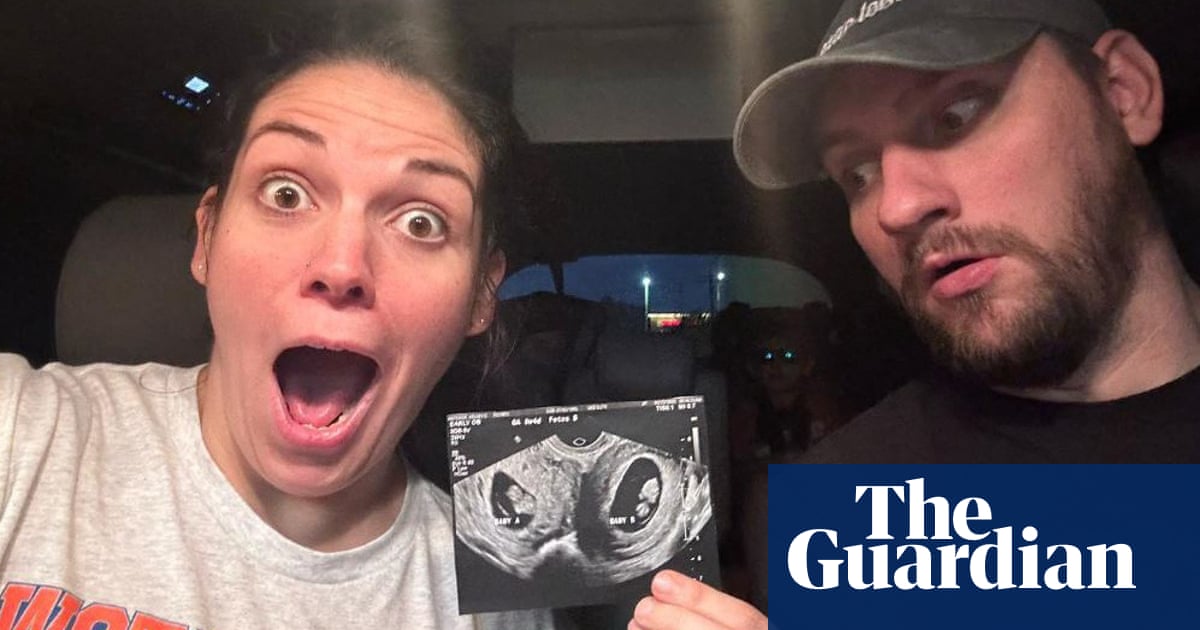Kelsey Hatcher, a 32-year-old mom of three was born with a rare uterine anomaly called uterus didelphys, or two uteruses. However, she was not diagnosed with the condition until last spring, when she discovered she was pregnant – in each uterus.
Hatcher said her husband almost didn’t believe her.
“He said: ‘You’re lying,’ I said: ‘No, I’m not,” Hatcher told NBC News.
Uterus didelphys affects about 0.3% of women. The abnormality forms in the female embryo very early in development, around eight weeks gestation, according to fertility researchers.



That does not necessarily preclude the younger child’s survival after delivering the older child via C-section though. Presumably if the aim was survival of both fetuses that would be the route taken?
I’d be more curious how that second pregnancy even happened though. AFAIK a natural conception isn’t usually possible during pregnancy because no eggs are released. It might be possible via IVF or something, but who would you take that risk?
If they went that route, they’d probably have to block the hormonal pathway associated with labor induction anyway (because as the older fetus ages it will start that cascade toward the end of the pregnancy). Theoretically, I bet you could deliver the oldest with a c-section followed by another’s few months later, but you’re really putting the mother’s life at risk because the healing time between c-sections being 6 weeks at minimum. Continuing the second pregnancy for another 5 months could cause internal bleeding.